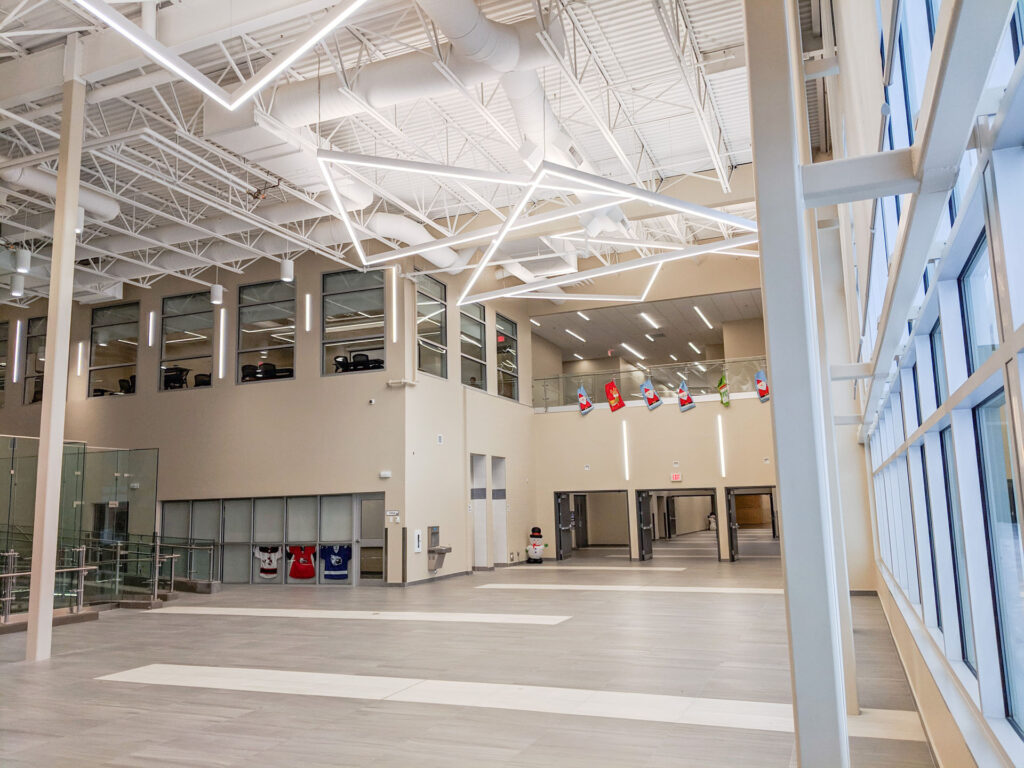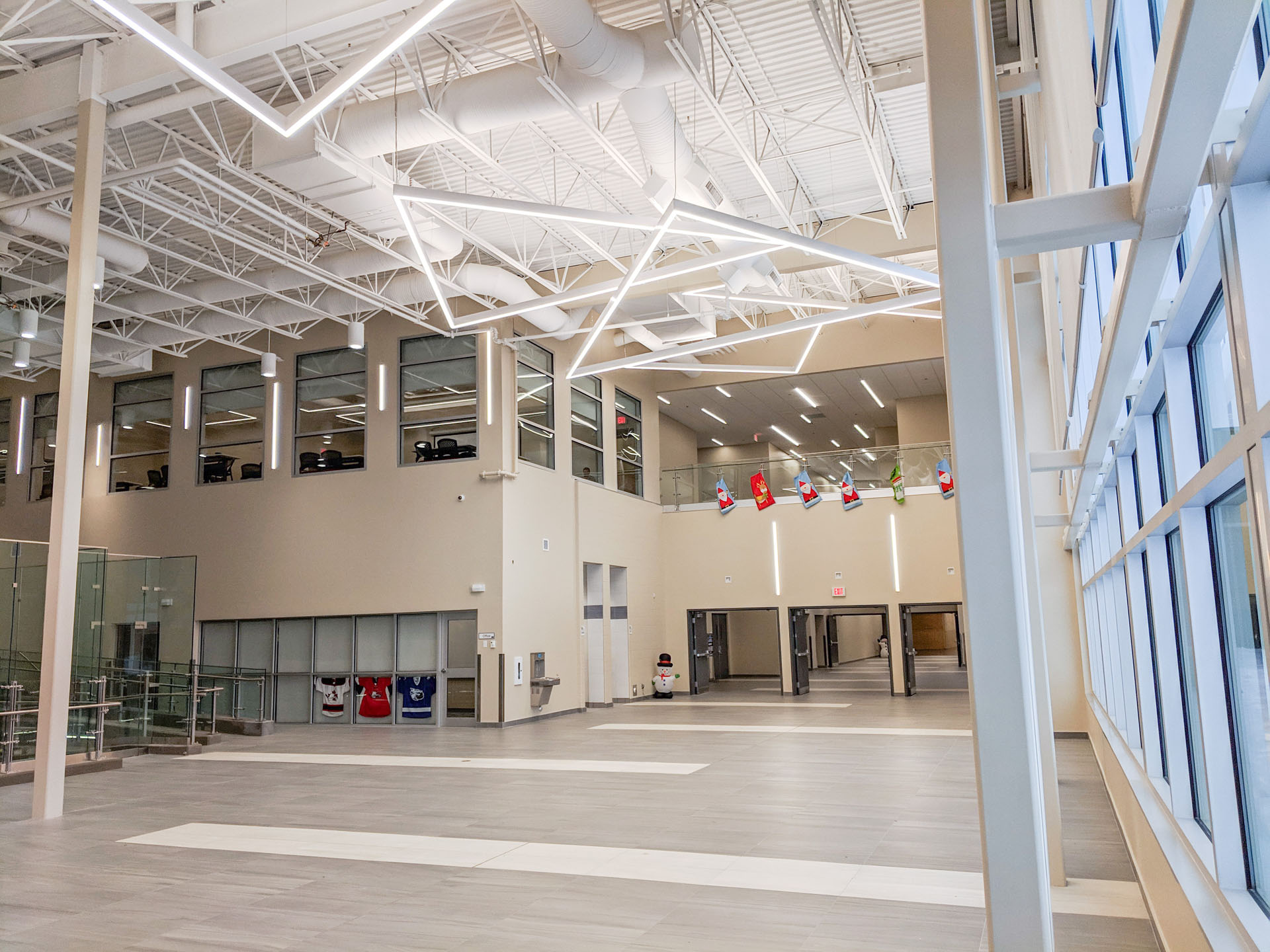
Cold Lake Energy Center: Powering Alberta’s Future
The Cold Lake Energy Center stands as a crucial component of Alberta’s energy infrastructure, playing a significant role in both electricity generation and the province’s broader economic landscape. This article provides a comprehensive overview of the Cold Lake Energy Center, delving into its operations, economic impact, environmental considerations, and its future trajectory within Alberta’s evolving energy sector. Understanding the Cold Lake Energy Center is essential for grasping the complexities of Alberta’s energy production and its implications for the region and beyond.
Overview of the Cold Lake Energy Center
The Cold Lake Energy Center is a power generation facility located in the Cold Lake region of Alberta, Canada. This region is well-known for its significant oil sands deposits. The energy center is strategically positioned to support the energy-intensive processes required for oil sands extraction and processing. The primary function of the Cold Lake Energy Center is to provide a reliable and efficient source of electricity and steam, which are both vital for oil sands operations.
The facility often utilizes combined cycle gas turbine (CCGT) technology, which enhances energy efficiency by capturing waste heat from gas turbines and using it to generate additional steam. This steam can then be used for electricity generation or directly in oil sands extraction processes, such as steam-assisted gravity drainage (SAGD).
Economic Impact
The Cold Lake Energy Center contributes significantly to the local and provincial economies. Its construction and operation create numerous jobs, ranging from skilled engineering positions to operational and maintenance roles. These jobs not only provide employment opportunities for local residents but also attract skilled workers from other regions, boosting the local economy.
Furthermore, the energy center supports the oil sands industry, a major economic driver in Alberta. By providing a stable and reliable energy supply, the Cold Lake Energy Center enables oil sands operators to maintain consistent production levels, contributing to provincial revenues and overall economic stability. The taxes and royalties generated from oil sands production, facilitated by the energy center, fund essential public services such as healthcare, education, and infrastructure development.
Environmental Considerations
Like any large-scale energy facility, the Cold Lake Energy Center faces environmental challenges. The combustion of natural gas, while cleaner than coal, still results in greenhouse gas emissions. Air quality is another concern, with the potential release of pollutants such as nitrogen oxides (NOx) and sulfur dioxide (SO2). Water usage is also a critical factor, particularly in the context of oil sands operations, which are water-intensive.
However, operators of the Cold Lake Energy Center are actively implementing various measures to mitigate these environmental impacts. These include:
- Advanced Emission Control Technologies: Utilizing technologies such as selective catalytic reduction (SCR) to reduce NOx emissions and flue gas desulfurization (FGD) to minimize SO2 emissions.
- Carbon Capture and Storage (CCS): Exploring and implementing CCS technologies to capture CO2 emissions and store them underground, preventing their release into the atmosphere.
- Water Management Strategies: Employing water recycling and conservation techniques to minimize water consumption and reduce the impact on local water resources.
- Environmental Monitoring: Conducting regular monitoring of air and water quality to ensure compliance with environmental regulations and identify potential issues early on.
Technology and Innovation
The Cold Lake Energy Center is at the forefront of technological innovation in the energy sector. The adoption of combined cycle gas turbine (CCGT) technology is a prime example of how the center enhances energy efficiency and reduces emissions. Ongoing research and development efforts focus on further improving the facility’s performance and minimizing its environmental footprint.
One area of innovation is the integration of renewable energy sources. While the Cold Lake Energy Center primarily relies on natural gas, there is growing interest in incorporating solar, wind, and other renewable energy technologies to diversify the energy mix and reduce reliance on fossil fuels. This could involve building solar or wind farms adjacent to the energy center and integrating their output into the grid.
Another area of focus is the development of more efficient and environmentally friendly oil sands extraction technologies. The Cold Lake Energy Center can play a crucial role in supporting these innovations by providing the necessary energy infrastructure and collaborating with oil sands operators to test and implement new technologies.
The Future of the Cold Lake Energy Center
The future of the Cold Lake Energy Center is closely tied to the broader trends in Alberta’s energy sector. As the province transitions towards a lower-carbon economy, the energy center will need to adapt to meet evolving environmental regulations and market demands. This could involve:
- Increased Use of Natural Gas: Natural gas is expected to play a significant role in Alberta’s energy mix for the foreseeable future, as it is a relatively cleaner-burning fossil fuel compared to coal. The Cold Lake Energy Center is well-positioned to continue providing a reliable supply of electricity and steam using natural gas.
- Integration of Renewable Energy: As renewable energy technologies become more cost-competitive, the Cold Lake Energy Center is likely to integrate more renewable energy sources into its operations. This could involve building new renewable energy projects or purchasing renewable energy credits to offset emissions.
- Carbon Capture and Storage: CCS technology is expected to play an increasingly important role in reducing greenhouse gas emissions from the energy sector. The Cold Lake Energy Center could become a key site for CCS deployment, helping to demonstrate the viability of this technology and contributing to Alberta’s climate change goals.
- Energy Efficiency Improvements: Ongoing efforts to improve energy efficiency will be crucial for reducing the environmental impact of the Cold Lake Energy Center. This could involve upgrading equipment, optimizing processes, and implementing energy management systems.
Community Engagement
The Cold Lake Energy Center recognizes the importance of engaging with the local community. Operators actively participate in community events, support local initiatives, and provide information about the energy center’s operations and environmental performance. This engagement helps to build trust and foster positive relationships with residents.
Furthermore, the energy center provides educational opportunities for local students and residents, helping them to learn about the energy sector and the technologies used at the facility. This can help to build a skilled workforce and promote understanding of the energy industry’s role in the community.
Challenges and Opportunities
The Cold Lake Energy Center faces several challenges, including fluctuating energy prices, increasing environmental regulations, and the need to adapt to changing market demands. However, it also presents significant opportunities for growth and innovation.
One opportunity is to leverage the energy center’s existing infrastructure to support the development of new energy technologies. For example, the facility could be used as a testbed for CCS technologies or for integrating renewable energy sources into the grid. This could help to position Alberta as a leader in clean energy innovation.
Another opportunity is to expand the energy center’s role in providing energy services to the oil sands industry. As oil sands operators seek to reduce their environmental footprint and improve their energy efficiency, the Cold Lake Energy Center can play a crucial role in providing innovative energy solutions.
Conclusion
The Cold Lake Energy Center is a vital component of Alberta’s energy infrastructure, providing a reliable and efficient source of electricity and steam for the oil sands industry. While it faces environmental challenges, operators are actively implementing measures to mitigate these impacts and exploring new technologies to improve the facility’s performance. As Alberta transitions towards a lower-carbon economy, the Cold Lake Energy Center will need to adapt to meet evolving environmental regulations and market demands. By embracing innovation and engaging with the local community, the energy center can continue to play a crucial role in powering Alberta’s future. The Cold Lake Energy Center remains a key asset for the province, contributing to its economic prosperity and energy security. The Cold Lake Energy Center is an example of how energy production can evolve to meet the demands of a changing world. The future success of the Cold Lake Energy Center depends on its ability to adapt and innovate. The Cold Lake Energy Center’s contribution to Alberta’s energy sector is undeniable. The Cold Lake Energy Center is a complex and important facility. The Cold Lake Energy Center is a key part of Alberta’s energy future. The Cold Lake Energy Center provides essential power. The Cold Lake Energy Center is a significant employer. The Cold Lake Energy Center faces ongoing challenges. The Cold Lake Energy Center is adapting to new technologies. The Cold Lake Energy Center is important for the region. The Cold Lake Energy Center is committed to environmental responsibility. [See also: Alberta’s Energy Future] [See also: Oil Sands Innovation] [See also: Carbon Capture Technologies]

